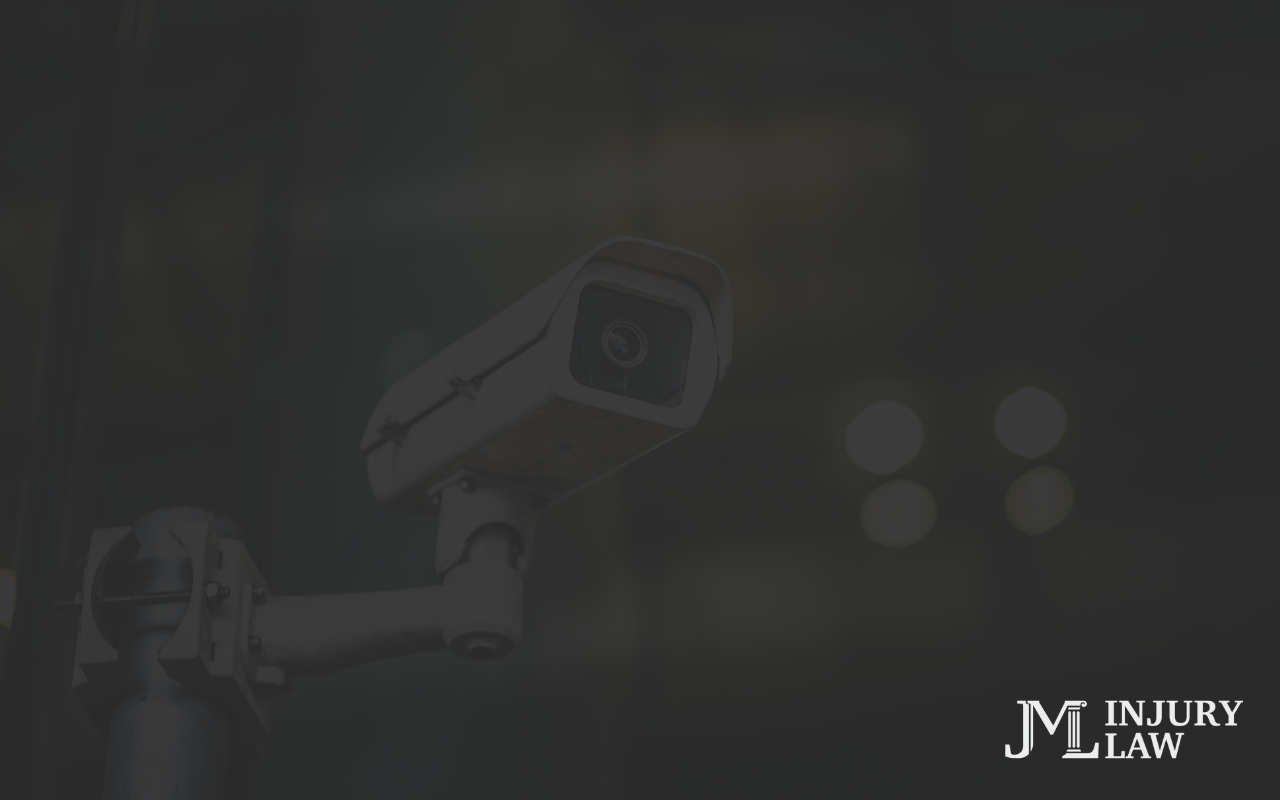In January 2025, the Frisco Police Department announced the installation of Flock license plate reading (LPR) cameras throughout the city. These devices are designed to capture the rear image of vehicles and their license plates, providing real-time alerts to officers when a vehicle associated with criminal activity or missing persons is detected. While primarily intended to reduce crime and enhance public safety, the deployment of LPR technology has significant implications for personal injury cases in Texas.
Enhancing Evidence Collection in Personal Injury Cases
One of the most challenging aspects of personal injury litigation is establishing clear evidence of the events leading up to an incident. LPR cameras can play a pivotal role in this regard by providing objective data that can corroborate or refute claims made by involved parties.
- Accurate Incident Reconstruction: In cases such as hit-and-run accidents, LPR data can help identify the offending vehicle by capturing its license plate as it flees the scene. This information is invaluable in tracking down responsible parties who might otherwise remain unidentified.
- Corroborating Witness Statements: Eyewitness accounts can sometimes be inconsistent or unreliable. LPR footage can serve as an impartial witness, confirming details such as the presence of a vehicle at a specific location and time, thereby strengthening the credibility of witness testimonies.
- Establishing Timelines: Precise timing is crucial in personal injury cases. LPR systems log the exact time a vehicle passes a specific point, aiding in constructing an accurate timeline of events leading up to an incident.
Implications for Liability and Negligence
Determining liability is central to personal injury claims. The data obtained from LPR cameras can influence this determination in several ways:
- Identifying Negligent Parties: If a vehicle involved in an accident was previously reported stolen, LPR data can establish that the registered owner was not in control of the vehicle at the time, potentially absolving them of liability. Conversely, if the vehicle was not reported stolen, the owner might be held responsible for any negligence.
- Demonstrating Patterns of Behavior: LPR systems can track a vehicle’s movements over time. In cases where a driver’s habitual recklessness is in question, historical LPR data can provide evidence of consistent negligent behavior, such as frequent speeding or running red lights.
Privacy Considerations and Data Usage
While LPR technology offers substantial benefits, it also raises concerns regarding privacy and data handling:
- Data Retention Policies: The Frisco Police Department has implemented policies specifying that data collected by Flock LPR cameras is stored for only 30 days and is not sold or shared with third parties. This limited retention period balances the utility of the data for legal purposes with the need to protect individual privacy.
- Access and Transparency: To ensure responsible use, the department requires justification for each data search and maintains a link to Flock’s Transparency Portal, where summaries of policies and usage statistics are available for public review.
Challenges in Accessing LPR Data for Civil Litigation
While LPR data can be instrumental in personal injury cases, accessing this information for civil litigation purposes presents certain challenges:
- Law Enforcement Prioritization: Since LPR systems are primarily tools for criminal investigations, law enforcement agencies may prioritize their use for public safety over civil matters. Obtaining data for a personal injury case may require demonstrating its relevance and necessity.
- Legal Procedures for Data Access: Personal injury attorneys seeking LPR data must navigate legal channels, which may involve subpoenas or court orders. Understanding the specific requirements and protocols of the jurisdiction is essential for successful data acquisition.
Best Practices for Leveraging LPR Data in Personal Injury Cases
To effectively utilize LPR data in personal injury litigation, consider the following steps:
- Early Identification: Determine promptly whether LPR cameras are installed near the incident scene. Early identification allows for timely requests to preserve relevant data before it is deleted.
- Collaboration with Authorities: Establish communication with local law enforcement to understand their data retention policies and the process for requesting access to LPR data. Building a cooperative relationship can facilitate smoother data acquisition.
- Legal Compliance: Ensure that all requests for LPR data comply with legal standards, including obtaining necessary subpoenas or court orders. Adhering to proper legal procedures is crucial to prevent challenges to the admissibility of the evidence.
- Comprehensive Case Building: Integrate LPR data with other evidence, such as eyewitness accounts, surveillance footage, and expert testimony, to construct a robust and persuasive case. A multifaceted approach enhances the likelihood of a favorable outcome.
Injured? Call JML Injury Law Today
The integration of Flock license plate reading cameras by the Frisco Police Department marks a significant advancement in public safety and crime reduction efforts. For personal injury law practitioners, this technology offers a valuable resource for gathering critical evidence, establishing liability, and supporting clients’ claims.
However, navigating the complexities of accessing and utilizing LPR data requires a thorough understanding of legal procedures and a proactive approach to evidence collection. By staying informed and adopting best practices, attorneys can effectively leverage LPR technology to enhance the pursuit of justice for their clients.



